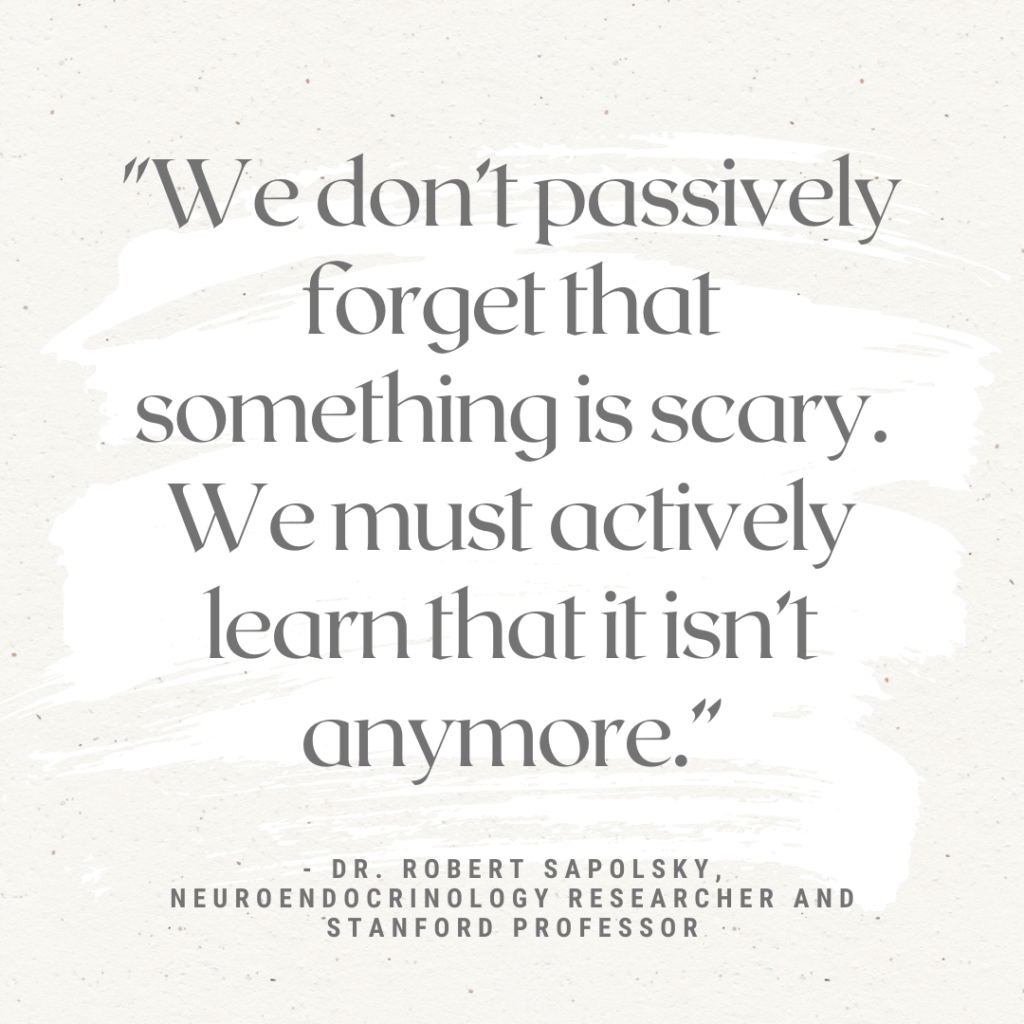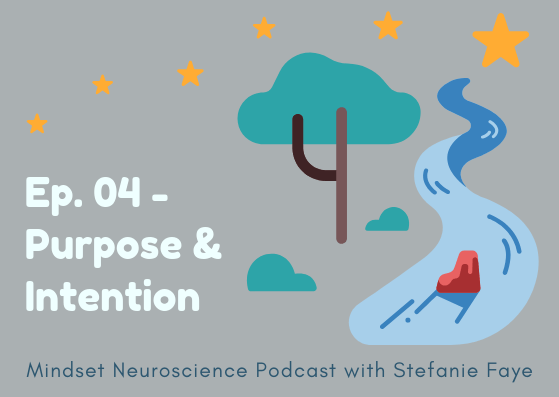“We don’t passively forget that something is scary. We must actively learn that it isn’t anymore."
- Stanford Neurology professor, Dr. Robert Sapolsky
The day a young man I had been counseling told me that, for the first time since he could remember, he “didn’t feel broken anymore” was the day I decided to devote myself to exploring how ‘mind-shifts’ happen.
For years, he had been going down a dark spiral - where he had been arrested for assault, and was turning to alcohol to numb his pain.
As he began to see how much his childhood past was influencing his thought processes and behaviors, he began to understand that these were coping mechanisms to prevent him from feeling emotions he was afraid to feel.
By acknowledging that he was not ‘evil’ or ‘bad’ but that he was scared and in emotional pain, he was finally able to express his frustrations, sadness, and longings for connection through writing.
Throughout our sessions, we also explored this question:
how could your pain and feelings of hopelessness be of service to someone else?
As he explored this, he started to see that by expressing and sharing with others what he had been through, he saw that it helped others know they weren’t “the only ones” who felt like he did.
He stopped being afraid of his emotions. A weight lifted off his shoulders.
He wrote to me years later - letting me know that he continued to write essays and poetry, that he had completed a Nurse Practitioner degree and that he was in the process of starting a clinic for substance use. He told me that the shift he experienced was because through our conversations he was able to see “that in life, there was the possibility of something better”.

After I witnessed this ‘shift’ and saw it in many others, I wanted to know if there was a way we could understand this better. I became inspired by the concept of ‘self-directed neuroplasticity’* and began my graduate studies at NYU, working in a lab, studying with meditation teachers and doing research in schools.
The field of neuroscience played a big part in my ability to believe that change was possible.
Most importantly: I applied everything I learned to MY OWN journey.
I applied my understanding of neuroplasticity, mindset and ‘pattern recognition’ to my relationships and career choices.
And I began to see change. Really positive change - in how I felt and in how I was able to show up in relationship with others.
I started sharing these ideas with others, and I saw how powerful it was for someone to know the science that confirms the possibility that we can change how we experience ourselves and life, and how this emanates into showing up differently.
Witnessing these aha moments and self-perception-shifts is why I keep going. It’s why I spend hours creating a podcast and articles (on top of my full-time job doing research and administering neuromodulation treatments at an intensive outpatient clinic!)
And the rewards of my journey are also why I want to help others truly internalize and personalize what neuroscience (and systems thinking) has to offer.
In alignment with that - I hope you’ll enjoy the upcoming podcast episodes and accompanying articles (starting end of February)
P.s.- *this is the paper that clarified my decision to focus on neuroplasticity ‘; https://www.ncbi.nlm.nih.gov/pmc/articles/PMC1569494/
p.p.s - Please share this article with anyone who you think might be interested in integrating neuroscience into their work


